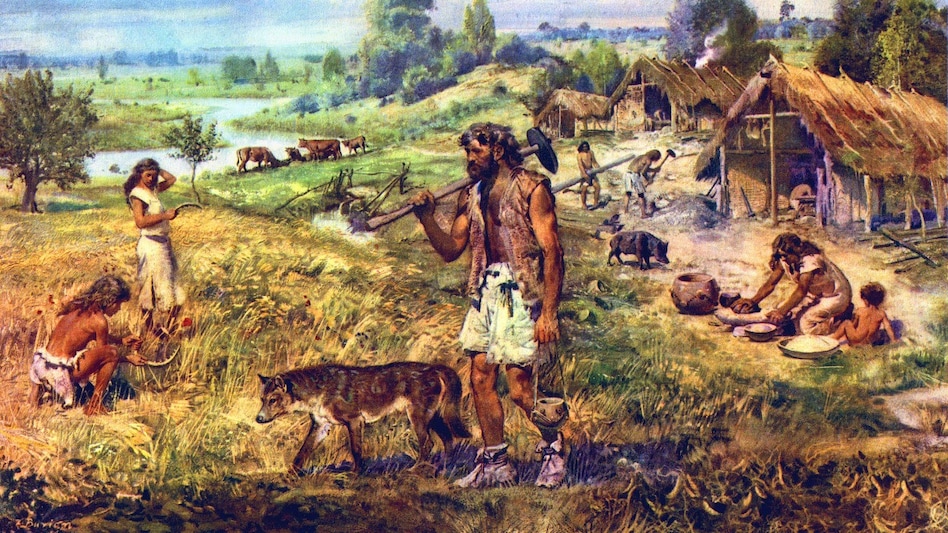 3,775-year-old ancient log illuminates new hope for climate change solutions
3,775-year-old ancient log illuminates new hope for climate change solutions
 3,775-year-old ancient log illuminates new hope for climate change solutions
3,775-year-old ancient log illuminates new hope for climate change solutionsA new study published in the journal Science suggests that an ancient log, preserved for nearly four millennia, could help refine emerging climate change strategies. Led by Professor Ning Zeng from the University of Maryland’s Atmospheric and Oceanic Science department, a team of researchers analyzed a 3,775-year-old log and the surrounding soil, discovering that the log had retained nearly all of its carbon content. The findings offer new insights into "wood vaulting," a technique that could help combat climate change by preventing the decomposition of wood.
The study, published on September 27, 2024, revealed that the log, which had been buried under low-permeability clay soil, had lost less than 5% of its carbon dioxide since it was buried. The clay soil, known for its ability to restrict oxygen flow and limit exposure to fungi and insects, played a crucial role in preserving the log in near-original condition.
“The wood is nice and solid—you could probably make a piece of furniture out of it,” Zeng noted. This preservation showcases how environmental factors can halt the decomposition process, offering a potential path for future climate solutions.
Zeng's team is focused on perfecting the "wood vaulting" method, which involves burying wood that is no longer commercially viable—such as trees damaged by disease, wildfire, or other unused wood products—to prevent them from decomposing and releasing stored carbon dioxide back into the atmosphere. Trees naturally capture carbon dioxide, but when they die and decay, that carbon is released, contributing to global warming. By burying wood under specific conditions, such as those found around the preserved log, scientists hope to slow or halt this release.
Zeng emphasized that while the concept of burying wood might seem simple, it requires precise conditions to be effective over long periods. “People tend to think, ‘Who doesn’t know how to dig a hole and bury some wood?’” he said. “But consider how many wooden coffins have been buried throughout human history—how many have survived? For hundreds or thousands of years, we need the right conditions.”
The preserved log was discovered in 2013 during a wood vaulting pilot project in Quebec, Canada. While digging a trench to test wood burial techniques, Zeng and his team uncovered the ancient log about 6.5 feet below the surface. Recognizing the log as Eastern red cedar, the researchers saw an opportunity to study its preservation.
In collaboration with researchers from McGill University and government agencies, the team conducted carbon dating to confirm the log's age. Further analysis of its structure and carbon content, compared to a freshly cut Eastern red cedar log, showed that the ancient wood had retained almost all its carbon dioxide, likely due to the protective clay soil.
This discovery strengthens the case for wood vaulting as a potential climate solution. The common availability of clay soil across many regions suggests that this method could be implemented widely and at low cost. However, Zeng stressed that wood vaulting should be used in conjunction with other climate strategies, such as reducing greenhouse gas emissions, to address the broader issue of global warming.
“The urgency of climate change makes this discovery particularly relevant,” Zeng said. “We’re excited to continue refining wood vaulting as a strategy to help mitigate climate change.”
The study opens new avenues for further research, with Zeng and his colleagues aiming to apply what they’ve learned to ongoing efforts in combating climate change.